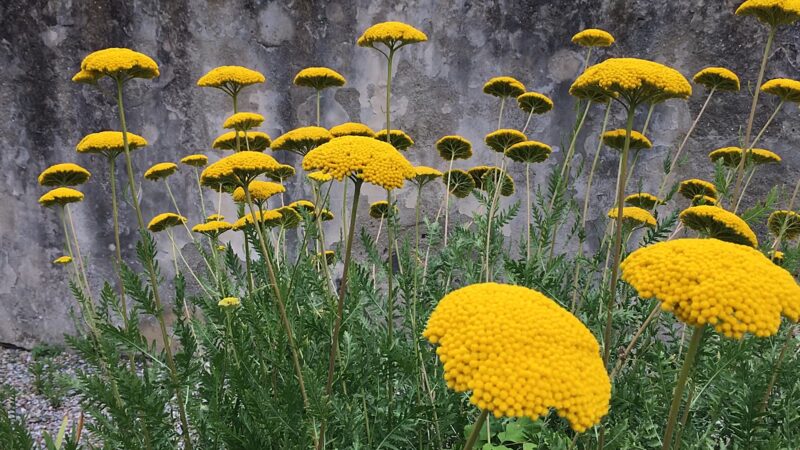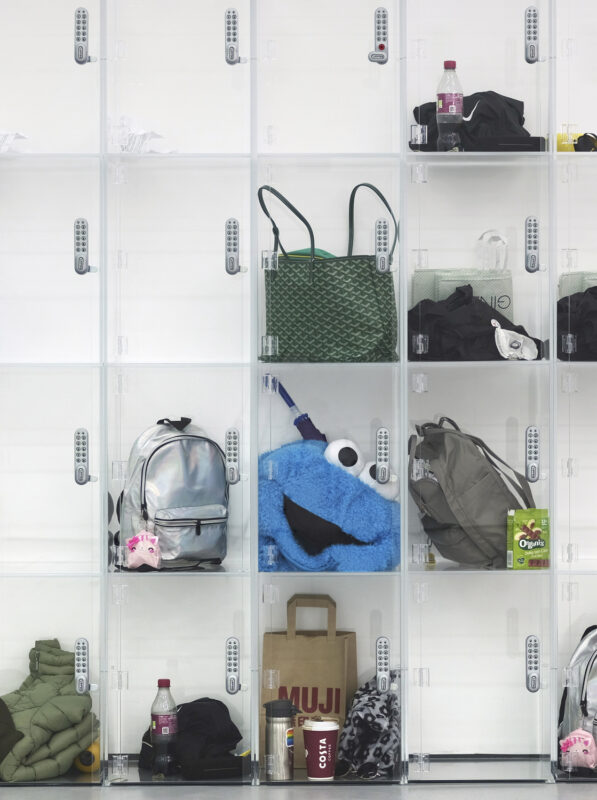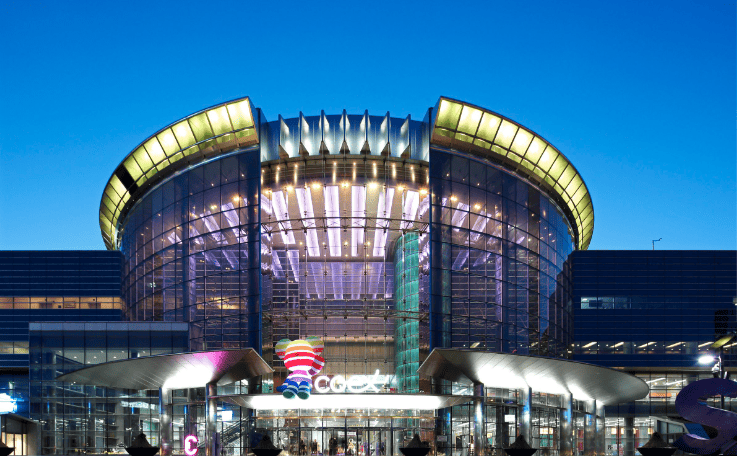
Paul Laffoley 1974
Chasing Napoleon, the new exposition at the Palais de Tokyo focuses on a particular cross section of history, the year 1977, to look at “a wavering of interpretations, an inversion of values, and a paradox of situations.” What’s strange about this theme is that the actual history of 1977 isn’t particularly addressed, save for a few wanting references (Kaczynski was in a hut in Montana, two artists in the show were working at the time). The exposition’s catch line of “prend acte d’une Bérézina qui met en déroute le réel lui-même,” suggest that the exposition “acts as a disaster in which reality battles with itself,” but doesn’t address the time period. If falling empires and escape are so key to this epoch themed exposition, the lack of reference to probably the most significant empire development of 1977, the completion of the World Trade Center in NYC, is glaring to say the least.
Putting aside the history, what’s left is the theme of escape from the modern world, from both banality and intellect. The sprawling wilderness of Montana is a perfect foil to Paris and so Robert Kusmirowski’s recreation of Mr. Kaczynski’s cabin titled “Unacabine” conjures up the type of savage imagery that only America and possibly Siberia can: remote, out of touch, and vast.
Most Europeans dream of a classic road trip, old Cadillac with the top back on the open road in America – freedom and miles of nothing. Going deeper, the true love affair isn’t with America per se, but with the possible self-exile and liberation from society that is at any turn out there.
Ted Kaczynski, known to tabloids as the Unabomber, was an academic rebel, a genius who was too smart for his own good, and ultimately succumbed to a paranoia that resulted in the deaths of several people. But his escape is a tempting and terrifying fable for academics and intellectual hobbyists exactly because of how brilliant he was. Kusmirowski cabin accompanied by Ola Pehrson’s “the Hunt of the Unabomber,” Gardar Eide Einarsson’s portraits and John Tremblay’s “Bi-valve-uni-bomber” nurture this fascination. Pehrson’s documentary in particular attempts to reconcile with Kaczynski the man alongside the flurry of media that was available at the time. Einarsson’s portraits reflect the extreme culture shock Kaczynski creates in a more socially collective culture. But underneath these homages and tributes is a feeling more akin to Tremblay’s piece, the distorted and alien-like portrait of the Unabomber, a voyeurism that is less guilty pleasure and more ostracizing – unlike us, Kaczynski was crazy and murdered people.
If escape is one end of the spectrum, preservation, that attempt to keep civilization in a tidy manageable box is on the other. Dieter Roth’s famous “Reykjavik Slides” series (1970-1975, 1990-1995) can feel at times like clinical documentation, but it’s a series that demands compassion. Against the Kaczynski backdrop, Roth’s work is comforting. Here at least, there is something less sinister or scary about trying to contain than trying to escape. Roth’s cataloging is the active effort to move the job of archiving outside of one’s immediate memory. Instead of his own memories, there exists now a wooden shelved collection of slides, each categorically laid out in order. But as Reykjavik changes, Roth’s return and attempt to recollect these images is moving revelation about how fluid and dynamic civilization is.
Against civilization is the natural world – the outside world that exists whether we’re here or not. Ryan Gander’s “Nathaniel Knows” and Robert Gober’s “Drain” are simple works that touch on the barrier between the civil and natural world. Gander literally breaks this barrier with an installation that consists of a punctured wall exposing a leafy green world beyond it. The scattered debris from the drywall suggest an almost violent action has occurred starting from the exterior. Gober’s piece is more subtle, a drain hole set into a wall, but the allegory is appropriate.
Micol Assael’s “Vorkuta” is a terrifying statement about the history of one of the worst’s Gulags in Russia. A closet sized enclosure containing some abandoned office equipment also acts as a refrigerator. The sub-zero temperatures create an inescapable bleakness. The truth of the natural world destroys any sense of the farcical structure the Soviet Union tried to press on Siberia. “Vorkuta” reminds us of how relentless nature can be.
The final major piece of Chasing Napoleon is a series of works by Paul Laffoley who believes that he “temporarily left the physical world, during a séance of electroshock therapy, in 1961.” Laffoley’s intensely worked paintings, with diagrams and equations about nirvana, destruction and ultimate harmony are interesting, but feel less thoughtful or considered than the other works at the show. Laffoley’s diagram paintings are not unique in their attempt to visually explain the equations and formulas that reveal the universe, but the curators have rewarded his vigor and effort – no black light needed here to impress.
Overall, the Chasing Napoleon show has some real highlights, and an interesting if not wanting curatorial theme. The Palais de Tokyo is a massive and disjointed space, and at times this works really well for the show. Give into the ideas of the show a little bit and there are some real treasures to be found.
Adrian Sanders
Categories
Tags
- adrian sanders
- Charlotte Posenenske
- Chasing Napoleon - Palais de Tokyo - Dave Allen
- Chrisoph Buchel
- David Fincher
- Dieter Roth
- Dora Winter
- Gadar Eide Einarsson
- Hannah Rickards
- John Tremblay
- Micol Assael
- Ola Pehrson
- Paris
- Paris Art
- paris art news
- Paul Laffoley
- ROBERT GOBER
- Robert Kusmoirowski
- Ryan Gander
- Tom Friedman
- Tony Matelli
- Tony Smith







